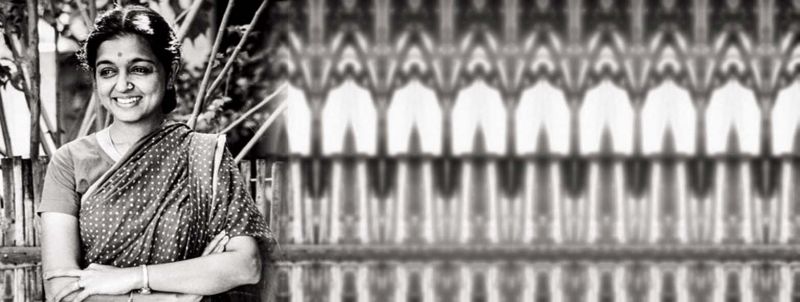Remembering the revolutionary, culture queen of India

A journey through time and history, a women's quest and India's struggle for independence is what awaits you at the present exhibition at the National Gallery of Modern Art entitled 'Kamaladevi Chattopadhyay: An Extraordinary Life (Retrospective Photographic Tribute)'. Devaki Jain, the much acclaimed development economist and a close associate of the legendary Chattopadhyay, curated this exhibition to bring the contributions of this "true revolutionary" to the people, and show her for what she was, above and beyond the founder of the Crafts Council of Karnataka.
"I'd hoped that Karnataka, which is where she was born, would do what other historians have not done thus far - rewrite the history of India's Freedom Struggle showing the centrality to the basic principles of that struggle, which was brought to the fore by women like Kamaladevi," said Devaki.
The photographs in this exhibition that NGMA in collaboration with the Crafts Council of Karnataka have presented to mark their golden jubilee, take you back in time, give you glimpses of moments captured from the life of Kamaladevi. Indeed, the entire exhibition is a tribute to the woman who is looked at as the connoisseur of Indian handicrafts movement but was also a daring freedom fighter in India's struggle to independence.
Although Devaki hates to admit that she only got to know Kamaladevi, "very late" - only after 1966, by which time she was not as central in either handicraft or politics as she was in the preceding years, she still remembers her as a very formidable figure, as someone who loved her almost like a daughter.
The economist recalls the craft doyenne as someone completely
unselfconscious, and paints an image of her from those years as a somewhat large, bulky woman who draped her sari in a very old fashioned way -somewhat uneven at the bottom and loose at the top, wearing bangles made of stone and yes, even leaves but never gold or silver. The exhibition that showcases some of her rare images will show the varied expressions and moods of this rejuvenator of indigenous art, much in keeping with Devaki's description of the woman she grew to appreciate through her many idiosyncracies.
The thoughtful constructive thinker's long silences were a signature. '"She contemplation of outer spaces, and inner recesses, provided the inspiration for her work," explains Devaki, who said both women were strongly in agreement that women must define what they want, their own vision of feminism. It was this idea that strengthened their bond.
Kamaladevi, who's energy and brilliance was devoted to craft and artisans, was very fond of saris woven from hand looms, with borders and distinct shades of olive, greens and browns, a recurring theme in the photographs displayed. From photographs of the stalwart within the walls of her room, to the confident personality walking alongside the heroes of the freedom struggle, this exhibition gives you a rare insight into "the culture queen of India" who was also among the chosen few national leaders who had the privilege of signing the new Constitution of India document after Independence.
Narrating an interesting incident, Devaki recounts how Kamaladevi said "Oh, no!", - one of her favourite expressions - when Devaki asked her to go with her for the Republic Day parade. "She found it unacceptable that an Indian coming out of an anti-imperialist struggle would ride in a coach and four, just like the British Governor Generals. The whole phenomena of leaders coming out of the freedom struggle living, as did our Rashtrapati [President] in what was in fact the Governor General's home, was to her a terrible let-down from the spirit of the freedom struggle," recounts Devaki.
Kamaladevi Chattopadhyay's world was as local as it was universal and her courage was allied with a rare gentleness, making her the woman that she finally became - the colossus who brought craft to the fore, into our every day lives.
What: ‘Kamaladevi Chattopadhyay: An Extraordinary Life’ exhibition
When: up to January 30
Where: NGMA


